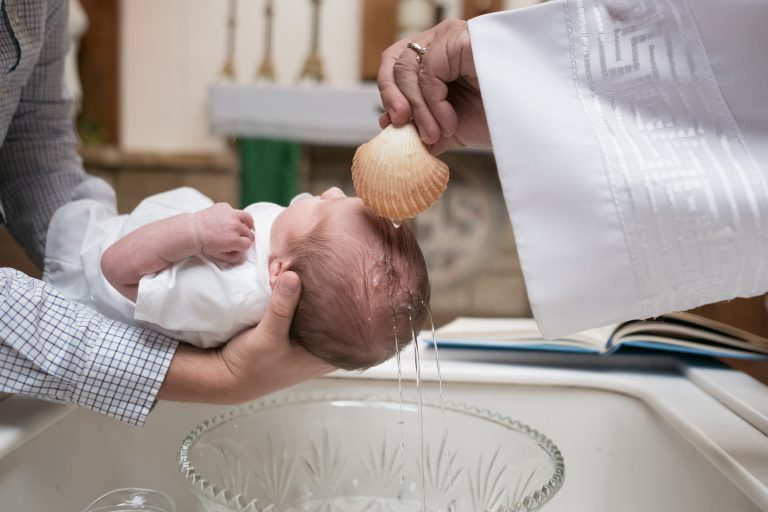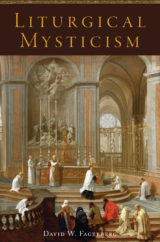By David Fagerberg
David W. Fagerberg is Professor in the Department of Theology at the University of Notre Dame. He holds an M.Div. from Luther Northwestern Seminary; an M.A. from St. John’s University, Collegeville; an S.T.M. from Yale Divinity School; and the Ph.D. from Yale University. He is the author of Liturgical Mysticism.

Who can discover that this pathway of truth, beauty, and goodness—even though it passes through the valley of the shadow of death—leads ultimately to that end? The baptized liturgist. What does the resurrected soul discover when the world is done the way it was meant to be done? That what is inward, below, and given for present enjoyment is only a pathway to this seat on high.
Human beings will not find fulfillment short of the end to which liturgical mysticism witnesses, and this is the fundamental evangelical function of the Church. The Church exists for the purpose of proclaiming to every living person that they are made for adoption as coheirs with Christ, and this evangelism is liturgical in nature because liturgy already gives us an experience of our home mystery by drawing the future into the present in such a way that the eschaton is not simply a “not yet.”
Liturgy is served by asceticism by keeping our senses healthy, and liturgy is served by mysticism by keeping a shy, persistent inner voice whispering in us. Asceticism pushes, mysticism pulls. Like a salmon swimming upstream, our liturgy is pushed and pulled up the great liturgical river of divine energies flowing from the throne of God and the Lamb. Jean Corbon has navigated that river’s headwaters. “Here we find life in its eternal outpouring: the river of life, which John contemplates at the heart of history, is an energy of love at work before the world was. Yes, the mysterious river of divine communion is an outpouring of love among the Three, and in it eternal life consists. . . . This river, this energy, is wholly other: it is the self-opening of our thrice holy God.”
After the shadows’s turmoil is tamed by liturgical asceticism, liturgical theology can do the world the way it was meant to be done, and mysticism can delight without blame in the outward things present even here below. The tensions Gregory named have been healed. Ascetical mysticism plays liturgical theology in an erotic key by stirring a thirst for truth, beauty, and goodness in a transformed mind that can only be slaked when man’s eros has been purified and straightened in its trajectory. Now anything outside will drive us further in to find God, anything below will drive us further up to find God, anything that happens now will drive us onward to find God. The beatific vision beckons from the foretaste we have of it at the Mass.
This liturgical mysticism does something to the sacraments, too. If you taste and see, you will see that you have not tasted enough yet. The sacraments are not designed to fulfill our appetites, they are designed to increase those appetites. The sacraments should not satisfy us, they should increase our thirst. The sacraments are only picnic lunches on the pathway, and not yet the Messianic banquet in our final home. Therefore, every sacrament should have the quality of viaticum to us: they are a provision of something necessary for a journey.
You Might Also Like

Some think that liturgy is formal, public, and for ordinary people, while mysticism is uncontrollable, private, and for extraordinary saints. Is there a connection between the two? In Liturgical Mysticism, David Fagerberg proposes that mysticism is the normal crowning of the Christian life, and the Christian life is liturgical.

